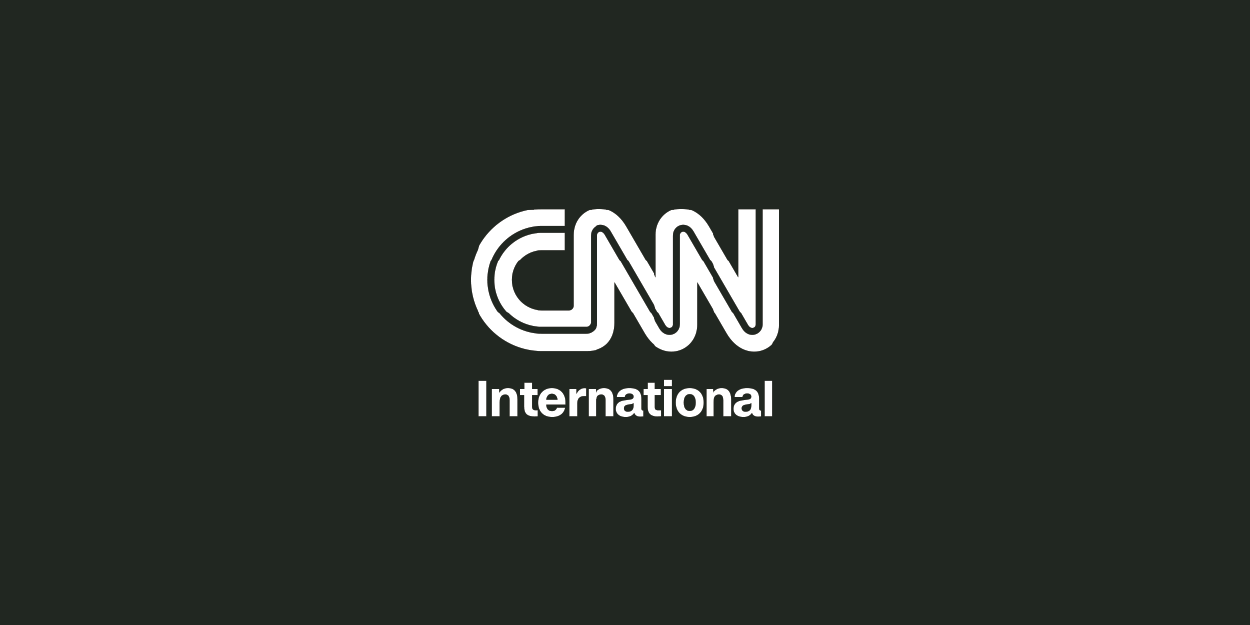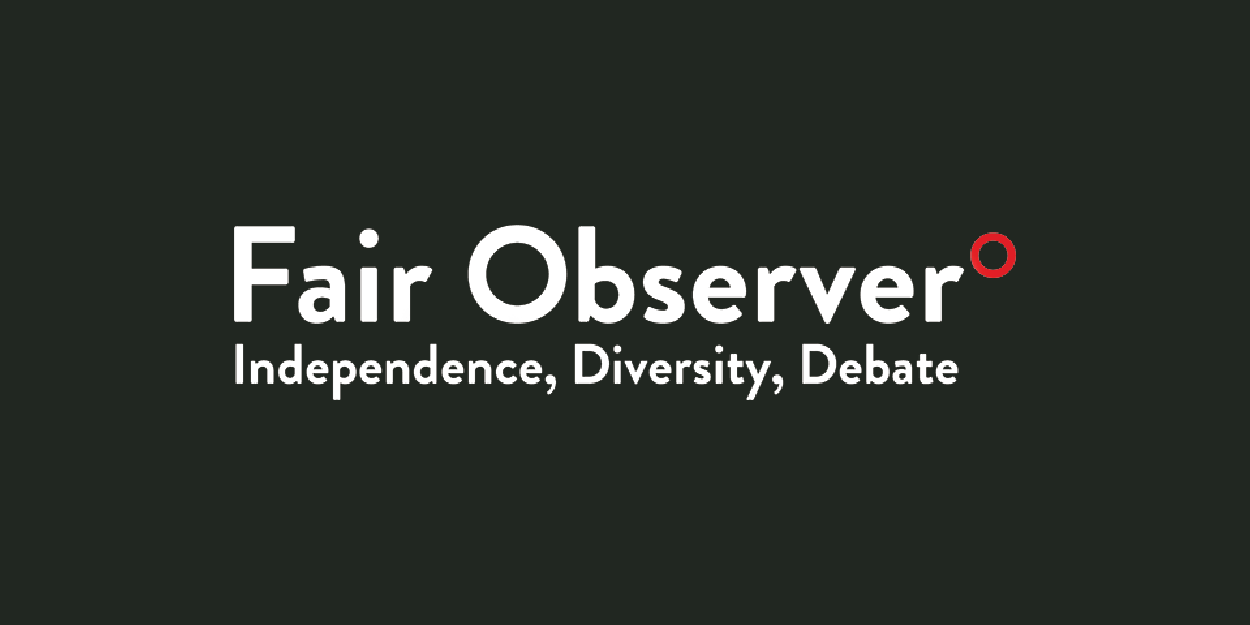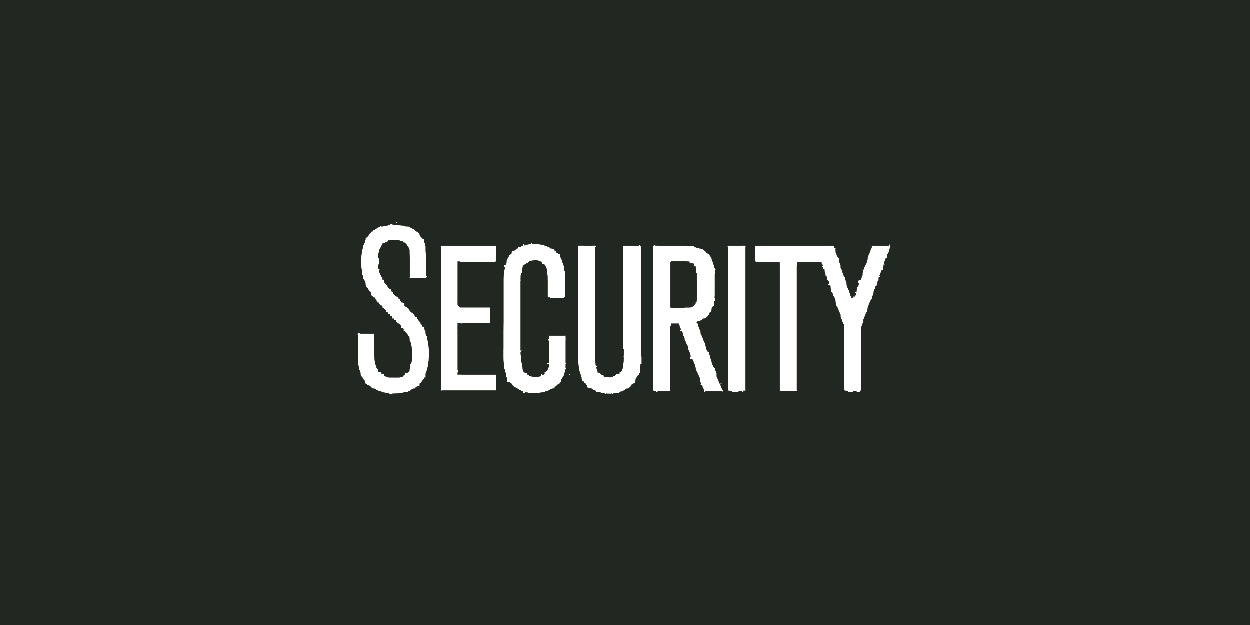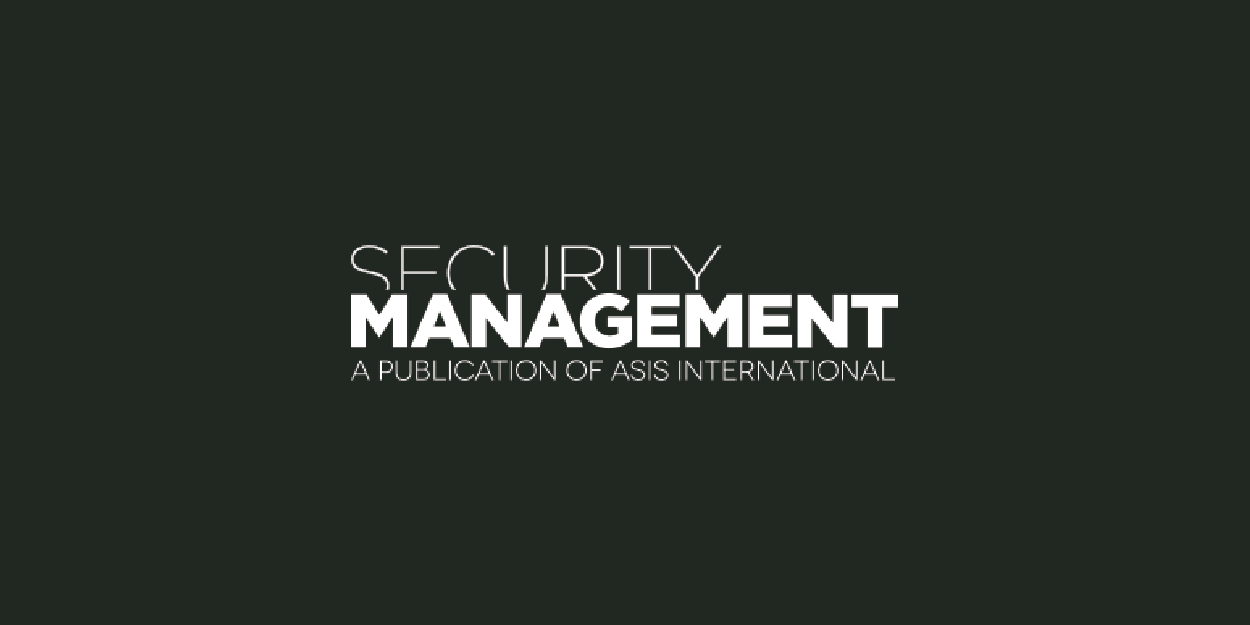Ukraine's Frontline Is Collapsing
"Avdiivka was a pyrrhic victory but a victory nonetheless. The ground behind it is flatter and the breaching of this stronghold calls into question Ukraine's overall strategy amid the hold-up in U.S. Congress."
In Newsweek, Global Guardian Senior Intelligence Analyst Zev Faintuch weighs in on the current situation in Ukraine, where Russia has continued to make gains in early 2024.






















